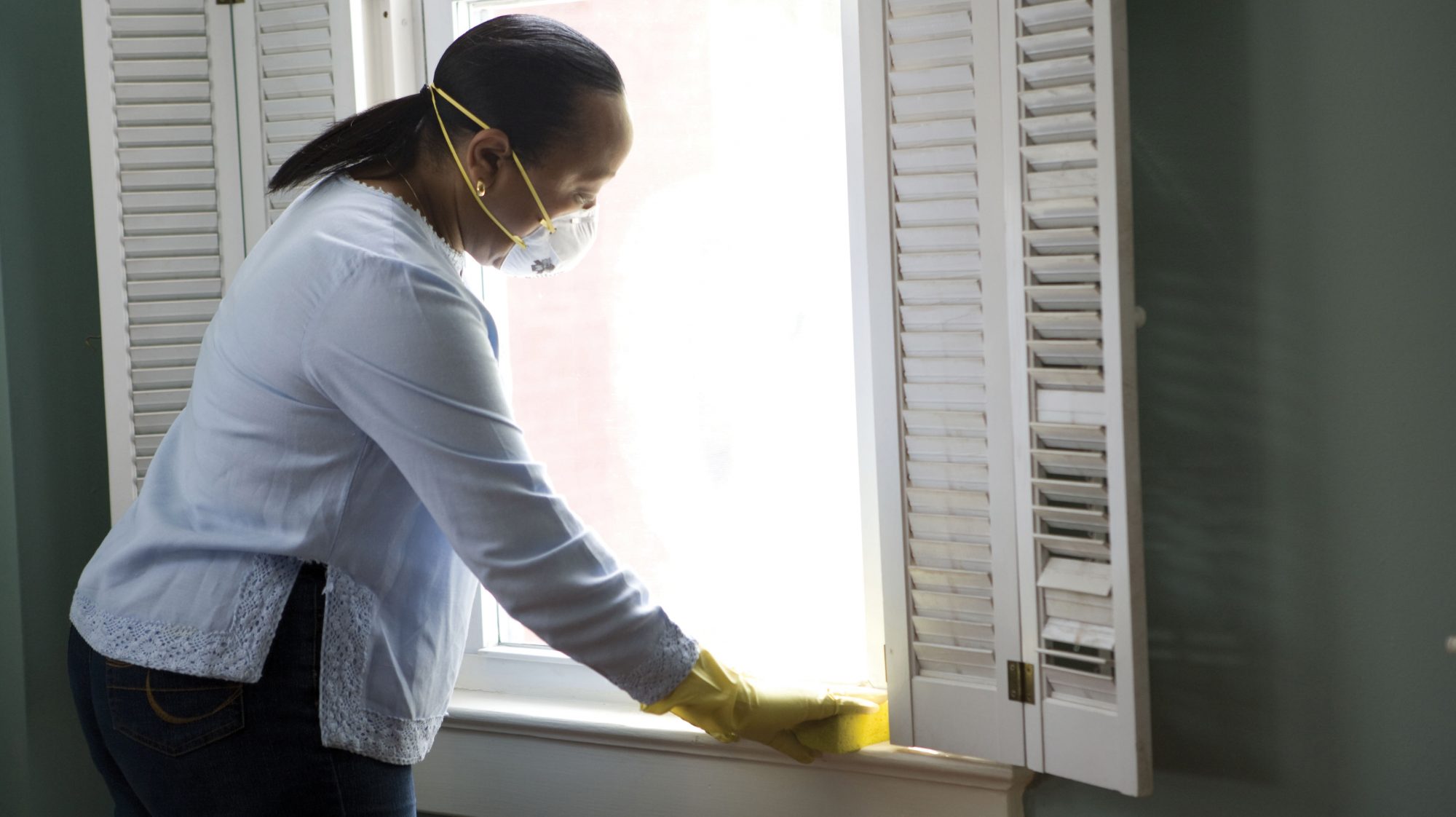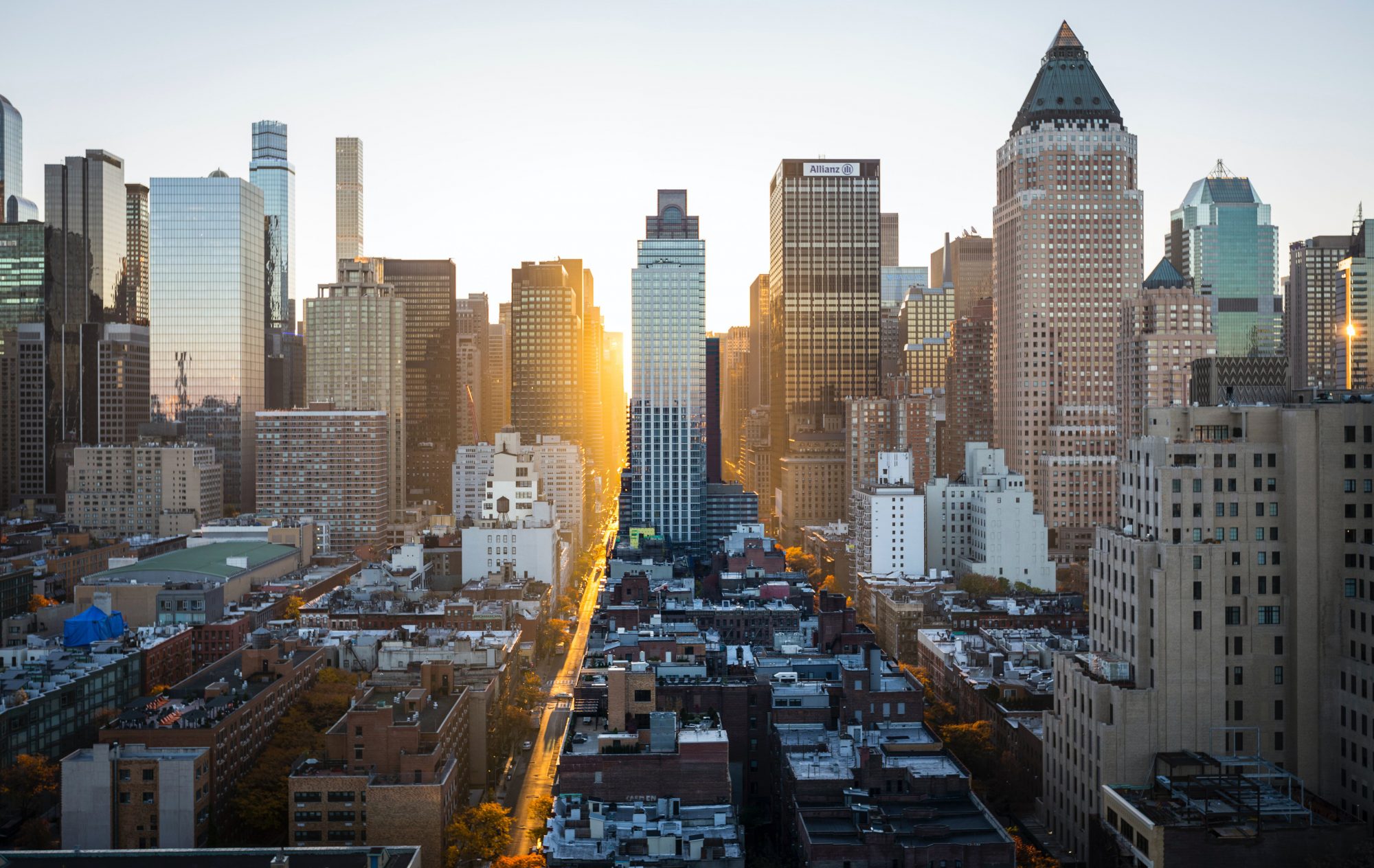Inequality in the Time of COVID-19: A Narrative of Two Americas

As the coronavirus pandemic swept through the wealthiest nation in world history, it reminded Sarah Goldfeder that “our multiple Americas are experiencing COVID-19 in very different ways.” In metro areas where two-thirds of the population is white, two-thirds of the victims have been routinely African Americans. Latinos, Indigenous Americans and other diverse communities have also been deprived of quality healthcare. She hopes that out of great suffering, “we can find a way to bring lasting changes that, if not eliminate, then at least reduce, the systemic racial inequality that marks America.”
Sarah Goldfeder
At some point, usually during Black History Month, every American schoolchild studies the Langston Hughes poem, I, too, am America. We learn it, sitting side by side in our classrooms—some including students that instinctively understand the sentiments in that poem, and others not.
Some of us grow up understanding (with or without Langston Hughes) that there are at least two Americas. The one we see on TikTok, with cookie-cutter mansions, multiple car garages, two six-figure income households with housekeeping support, a landscaping service, located a short drive from big box discount retailers and sprawling pedestrian village-style malls. On the other end of the continuum, large, multigenerational families living in small, rent-subsidized apartments in giant, run-down complexes, usually in the innermost parts of large cities, underserved by retailers and essential services.
The reality, like in most things, is that most live somewhere in the middle. But what we have learned in America is that our multiple Americas are experiencing COVID-19 in very different ways. From Seattle, where we experienced it first, to Louisiana, where the virulence and speed took us by surprise. From inner city Detroit and Chicago, where the numbers indicate that black Americans are far more likely to need ICU care and to die from the disease, to New York City, where we watch field hospitals go up in Central Park, just next door to the most coveted real estate in the world.
As this pandemic picked up speed here in Canada, I ended up on a bit of a road trip to pick up my son from his university at Waterloo, Ontario. As we drove through escarpments of Canadian Shield, we listened to Floodlines, a podcast on the response to Hurricane Katrina. The reporting was focused on how the response was influenced by the racial make-up of the city. The timing on the story was interesting, because in mid-March, most weren’t thinking about inequalities in the response or in the spread of the virus.
As COVID-19 tore through Asia, Iran, Italy, we did not focus on the racial or economic indicators of the individuals afflicted. Any discussion on racism centered around discrimination against Chinese, especially as the first cases in North American were attributed to travellers from China. But as the virus settled into the racially, ethnically, and socio-economically diverse environment in North America, we discovered that it wasn’t an equitable contagion.
We know that black Americans, Latinos, and Indigenous persons appear to suffer from most severe effects of the virus at a much higher rate. We can discuss the implications of our DNA, relative access to medical care, propensity for asthma, diabetes, obesity, and other underlying medical factors that COVID-19 exploits, but none of that addresses the real issue. What COVID-19 should teach us, should remind us, is that inequality is deadly.
If you are a white American you are less likely than a black American to end up in jail, to be a victim of violent crime, to be exposed to environmental toxins, and more likely to have access to clean drinking water, to graduate from high school and university, to have access to routine health care, and less likely to die from COVID-19. In other words, as a white American, life is easier, healthier, and not only is your chance of achieving some sort of success greater, your chance of surviving is better.
That said, there are still divisions within every race, and the plight of the impoverished American is not exclusive to any one race or ethnicity. The pressing question is if the lessons we learn as part of this crisis are lasting—and if we can find a way to bring enduring changes that, if not eliminate, at least reduce, the systemic racial inequality that marks America.
What this crisis is demonstrating in an undeniable fashion, is that the inequalities that mark my country manifest themselves in ways that kill people. The disparity in health care, increased exposure to air pollution, unsafe water supply, and other environmental hazards that contribute to increased underlying health conditions have created easy prey for a virus that turns our own bodies against us.
On the other side of this crisis, will we agree for once and for all that all Americans have a right to healthcare? That all Americans should be able to access primary care doctors—ideally family doctors, as well as specialists. Will we ensure that our citizens are afforded access to health care commensurate with our country’s wealth? Can we accept that the pathway to economic opportunity for all might not be building more to buy more, but to build a set of safety nets that allow unemployment to be affordable?
The Pope released a letter for Easter than crystallized this thinking, in response to the strife in the world, he noted as part of a much longer plea for universal basic income: “Our civilization—so competitive, so individualistic, with its frenetic rhythms of production and consumption, its extravagant luxuries, its disproportionate profits for just a few—needs to downshift, take stock, and renew itself.”

I’ll be honest. I don’t know if the United States of America is ready for a concept like universal basic income. But there are a lot of steps between that and what we live with now. What I am sure of, is that there will be a window of time where policy makers will have the political capital to level the playing field for all Americans. We have had these moments before—on gun control post-Sandy Hook, for example—and then lost them. Government moved on, making no or few changes to policy.
My former boss, Ambassador David Jacobson, used to remind Canadians that the United States tends to move slowly until it doesn’t. That big shifts in policy happen once in a generation, and all at once. The American system was designed to function best this way—incremental changes that reflect both the will of the people and protect (select) minority views. Even with the disruption of the Trump presidency, there has been little significant policy change.
These big shifts in policy require three things: first, an underlying shift in the prevailing paradigm; second, a catalyst; and third, dumb luck. The landmark Civil Rights Act of 1964 followed years (decades) of work to re-inform and re-shape the American electorate to a point where a majority understood the need for the legislation. But arguably, if President Kennedy had not been assassinated and a certain Texan had not been both his Vice-President and wise enough to see the imperative to navigate his way successfully through passage of the Act, it would have suffered the same fate as gun control legislation post-Sandy Hook.
So here we are. A president unique in all of history, not partisan as much as tribal. A re-election race underway with an outcome that has never seemed as unsure as it does today. Governors standing up to support their citizens and aligning in new, bipartisan ways—challenging the executive power of the president and eclipsing their Congressional delegations and senators. Americans, as dis-united as ever, disagreeing on when and how to re-open the economy. The divisions, the sense of inequity, exacerbated as the brunt of this virus is felt in inner cities, in black America, while the economic fall-out hits the many hourly wage workers that support the economies of the fly-over states in white America.
In the end, COVID-19 will leave behind two Americas once again. In New York City, this narrative played out outside of Carbone’s—an a-list Italian restaurant famous for $80 veal parm and $140 rib-eye that has remained open for take-out and delivery. Photos of a mob of masked delivery drivers waiting outside the restaurant and the police that had to disperse and manage the crowd circulated on social media. The pictures spoke a thousand words about the experiences of the two Americas.
One, middle-class, suburban enclaves where residents have access to medical care, are able to isolate in their homes while going outside to exercise, have access to fresh produce, can easily afford take-out or delivery, and are able to work from home. The other, full of complicated and crowded households, working to make rent, wearing home-made masks as they expose themselves to others—delivering groceries, take-out restaurant food, booze, and providing essential services. The underlying factors that separate these two Americans only intensify the inequities.
The potential for change is dependent upon the realization that change is needed. The challenge for America, as it emerges from this crisis, is if it is able to recognize the deadly effects of our divisions. Would universal basic income fix the underlying inequality? No, probably not. What we have understood from our inception is that the races have been treated unequally and that has both informed and continued through our history.
We saw the inequality on display post-Katrina, nearly four decades after the Civil Rights Act. We see it now, in that same city and others. The question, as it has been for most of our history, is how much evidence do we need that a change is necessary? How much death will it take for us to understand that our fellow Americans are not living in our same America? And do we have the political and societal will to make that change happen. We fail each other time and time again. Social safety nets and equal access to the world-class health care that is available in America is critical. Not just for the success of our neighbors, but for the ideals that define our country.
Contributing Writer Sarah Goldfeder, a Principal of the Earnscliffe Strategy Group in Ottawa, is a former career officer of the U.S. State Department, and was an adviser to two American ambassadors to Canada, after previously serving in Mexico.
